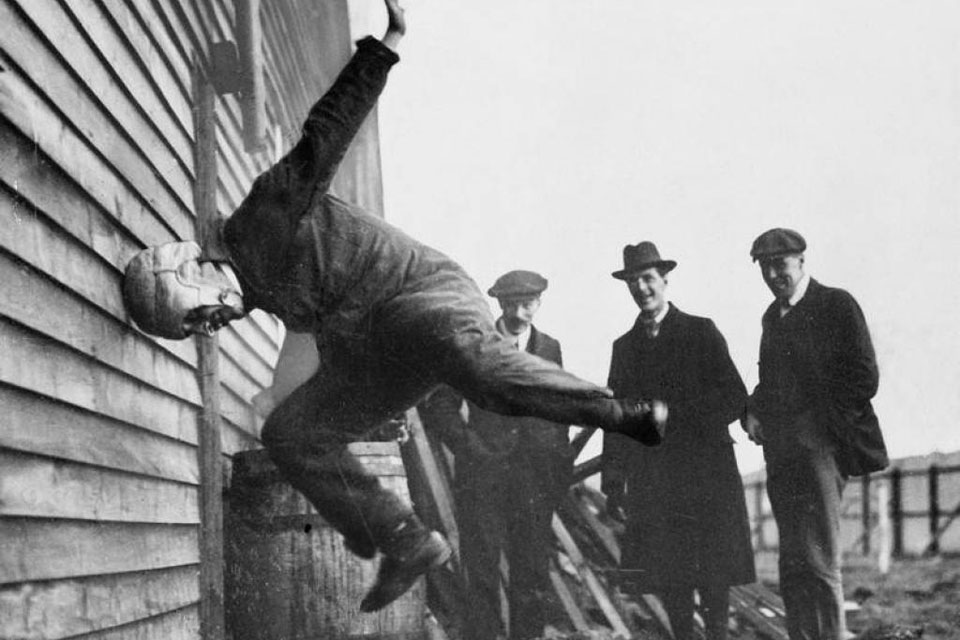Virtual Reality is usually spoken of in terms of how it will aid work or play, but its greatest efficacy, at least in its nascency, might be in the area of therapy. In the same way that video games seem destined to be a great education tool (but have yet to be properly exploited in this way), VR holds huge promise for creating safe, immersive environments for those trying to put PTSD and other disorders behind them.
From Amy Westervelt at WSJ:
Virtual-reality headsets have long been thought of as the ultimate gaming accessory. Now, therapists increasingly are embracing them as an effective therapeutic tool.
The use of immersive virtual reality in mental-health treatment—placing patients in various simulated situations designed to help them deal with their difficulties—has been booming over the past two decades. Therapists, school counselors and even the U.S. Department of Veterans Affairs have adopted the technology in the treatment of everything from phobias to depression to substance abuse.
“Virtual reality offers the promise of a fundamentally new way to treat certain psychiatric disorders,” says Elias Aboujaoude, a Stanford University psychiatrist. For instance, he says, it can be used to simulate fear-inducing situations—an encounter with a snake, perhaps, or flying in an airplane—that would be difficult or impossible to reconstruct in a therapist’s office. Such simulations can help people work through their phobias by confronting the situations that disturb them and learning new ways to react, a process known as exposure therapy.
Virtual reality also has proved effective in the treatment of post-traumatic stress disorder, by allowing veterans to safely revisit the kinds of situations they faced in the field, and therapists have found it to be a useful tool in teaching autistic children and adults how to identify certain social cues.•

